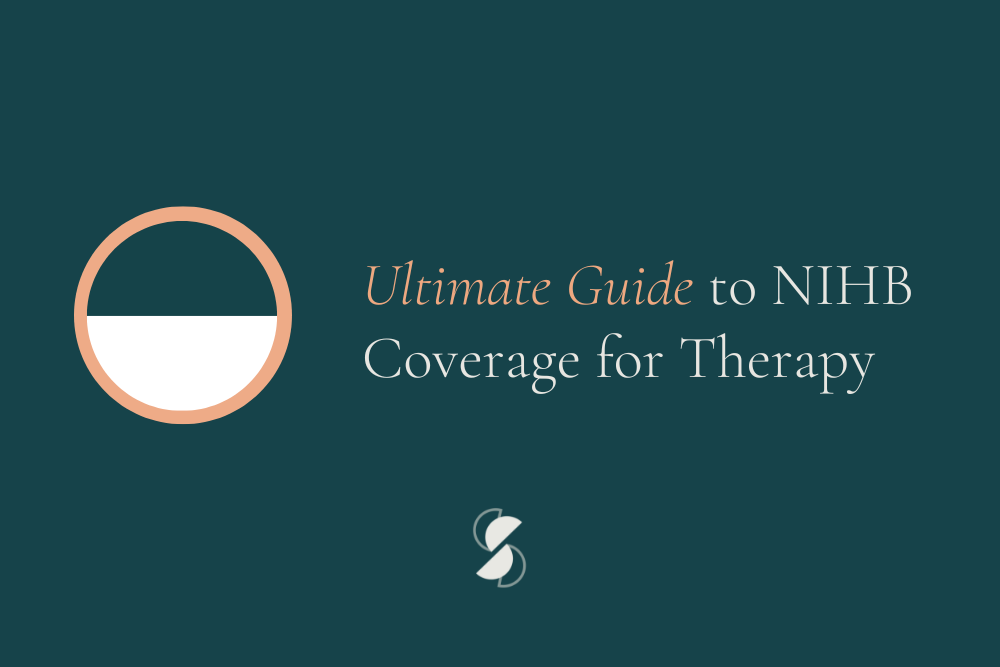Feel It to Free It: The Journey of Emotional Acceptance

It's completely natural to want to resist certain emotions, especially those that are uncomfortable or distressing. Feeling sad, overwhelmed, or anxious can be incredibly challenging, particularly when these emotions persist over time. The weight of these feelings can be exhausting and leave us searching for any way to escape them. Often, the instinctual response is to ask, "How do I get rid of this feeling?" And while this desire to remove emotional discomfort is understandable, it can lead to an unintended cycle of frustration and deeper emotional turmoil.
When I hear clients express this yearning to "get rid" of an emotion, my first response is usually one of empathy. I understand the urge to find a solution, to fix the problem, and to move past the discomfort as quickly as possible. However, it's important to recognize that emotions are not problems to be solved; they are experiences to be felt. This is a subtle yet profound distinction.
Emotions are not like tasks on a to-do list that can be checked off and forgotten. They are complex, often messy, and deeply intertwined with our thoughts, memories, and identities. Attempting to force an emotion to go away is akin to trying to push a beach ball underwater. The more pressure you apply, the more forcefully it will eventually pop back up.
The Misconception of Control
At the heart of the desire to get rid of emotions lies a misconception about control. Many of us believe that if we can just find the right strategy, we can manage, diminish, or eliminate our emotions. But this approach often backfires. Trying to control or suppress emotions doesn't make them disappear; it often makes them louder and more persistent.
Consider the difference between saying, "I'm going to feel this so it will go away," and "I'm going to allow myself to fully experience this feeling." The first statement is rooted in a desire for control—doing something in order to get something specific out of it—it's conditional. It suggests that feeling the emotion is just a means to an end. The second statement, however, is an act of surrender. It acknowledges that emotions are not something to be conquered but rather something to be experienced.
When we approach our emotions with the intention of making peace with them, we begin to shift our relationship with them. Instead of seeing them as adversaries to be defeated, we can start to view them as messengers with something important to convey. This doesn't mean we have to like or enjoy every emotion we feel, but it does mean that we can create space for them in our lives without being consumed by the need to control or eliminate them.
The Perpetual Cycle of Resistance
One of the most challenging aspects of trying to get rid of emotions is that it often leads to a perpetual cycle of resistance. The more we resist, the more entrenched the emotion becomes. This cycle can be particularly insidious because it creates a feedback loop: the harder we try to push the emotion away, the more it sticks around, leading to increased frustration and distress.
Emotion-Focused Therapy (EFT) offers a different approach. EFT emphasizes the importance of fully experiencing and exploring our emotions as a pathway to greater self-awareness and personal growth. In EFT, emotions are not obstacles to be overcome but rather essential components of our inner world that can guide us toward healing and transformation.
By allowing ourselves to fully feel and explore our emotions, we can begin to understand the underlying needs, desires, and fears that drive them. This understanding can lead to profound shifts in how we relate to ourselves and others. It can also help us break free from the cycle of resistance and move toward a place of acceptance and peace.
Letting Go of the Need to "Heal" on a Schedule
Another important aspect of this journey is letting go of the idea that there is a specific timeline for emotional healing. We don't need to decide when or how our emotions will come to the surface, and we don't need to rush the process of healing. Emotions have their own rhythm and timing, and they often emerge when we are ready to face them, even if we don't consciously realize it.
By relinquishing the need to control the process, we can begin to trust that our emotions will unfold in their own time. This trust can create a sense of spaciousness and ease in our lives, reducing the pressure to "get better" or "move on" according to an arbitrary schedule.
Living with Greater Ease and Acceptance
How might your day look different if you embraced this truth to your core? If you stopped resisting and started allowing your emotions to be what they are, without judgment or the need to change them? You might find that you feel a little less rushed, a little less stressed, and a little more at peace. You might notice that you have more energy to engage with the present moment, rather than constantly battling your inner world.
This isn't about giving up on the desire to feel better; it's about recognizing that true healing comes not from forcing emotions away, but from allowing them to be fully felt and understood. It's about making peace with where you are, right here and now, and trusting that this acceptance is the foundation for genuine transformation.
So, I invite you to try this approach in your daily life. Notice when you're tempted to resist or control your emotions, and instead, take a deep breath and allow yourself to fully feel whatever is present. See what happens when you stop trying to get rid of your emotions and start making space for them instead. Let's see where this journey of acceptance and presence takes you.









